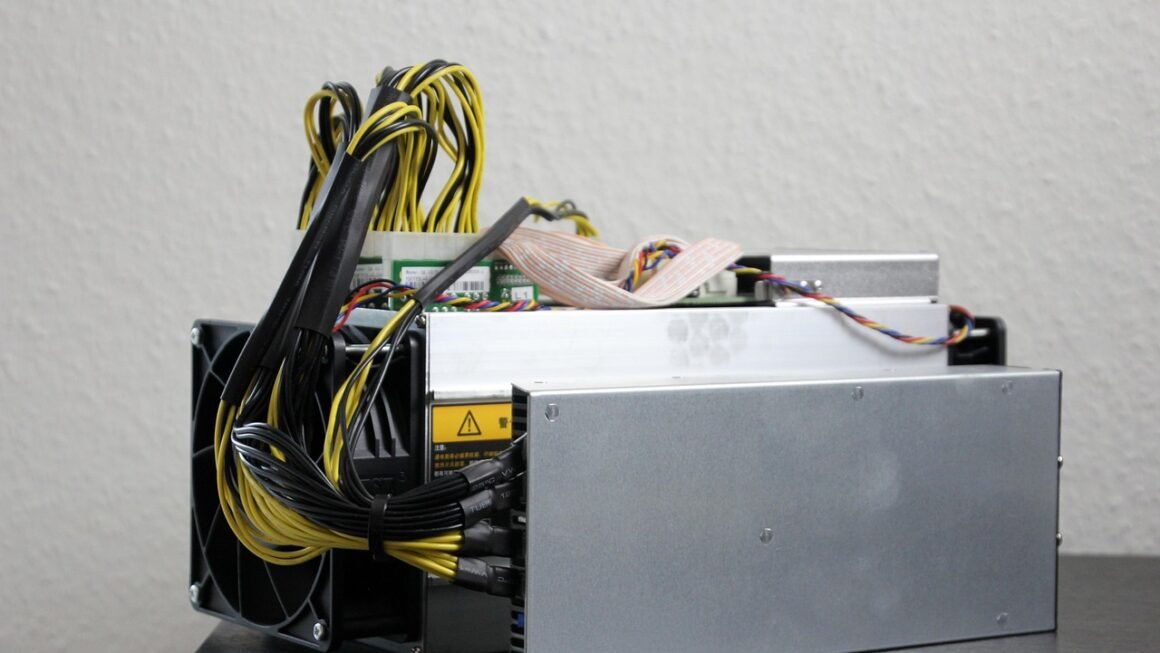Proof of Stake (PoS) has emerged as a leading alternative to Proof of Work (PoW) in the blockchain world, offering a more energy-efficient and scalable approach to securing networks and validating transactions. This innovative consensus mechanism is rapidly gaining traction, powering some of the most prominent cryptocurrencies and blockchain platforms. This blog post delves into the intricacies of Proof of Stake, exploring its mechanisms, advantages, and practical applications.
What is Proof of Stake?
Understanding the Basics
Proof of Stake (PoS) is a consensus mechanism that selects validators to create new blocks in a blockchain based on the amount of cryptocurrency they hold and are willing to “stake” as collateral. Instead of miners competing to solve complex cryptographic puzzles, as in Proof of Work (PoW), PoS systems rely on validators who have a vested interest in the network’s success.
- Validators are chosen randomly, but those with a larger stake are more likely to be selected.
- If a validator attempts to validate fraudulent transactions or act maliciously, they risk losing their stake, incentivizing honest behavior.
- PoS aims to achieve distributed consensus with less computational power and energy consumption.
How Proof of Stake Works
The process typically involves the following steps:
- Example: Consider a blockchain where users stake coins to become validators. Alice stakes 100 tokens, while Bob stakes 500 tokens. Bob is more likely to be selected as a validator because his stake is five times larger than Alice’s. If Bob validates a fraudulent transaction, he risks losing his staked tokens, thereby ensuring he acts in the network’s best interest.
Benefits of Proof of Stake
Energy Efficiency
One of the most significant advantages of PoS is its energy efficiency. Unlike PoW, which requires massive amounts of computational power, PoS consumes significantly less energy. This makes PoS more environmentally friendly and sustainable.
- Reduces the carbon footprint associated with blockchain technology.
- Lowers operational costs for validators, making it more accessible to a wider range of participants.
Enhanced Security
PoS can offer enhanced security features compared to PoW. Attacking a PoS network requires acquiring a significant portion of the total staked tokens, making it economically unfeasible for most attackers.
- The “nothing at stake” problem, where validators could theoretically validate multiple chains simultaneously, is mitigated through various mechanisms like slashing and economic incentives.
- Makes the network more resistant to 51% attacks.
Scalability Improvements
PoS can facilitate faster transaction processing and higher throughput compared to PoW. With PoS, blocks can be created and validated more quickly, leading to improved scalability.
- Enables faster confirmation times for transactions.
- Supports higher transaction volumes, making the network more suitable for applications requiring high performance.
Lower Barrier to Entry
Participating in a PoS network as a validator generally requires less specialized hardware compared to PoW mining. This lowers the barrier to entry and allows more users to participate in securing the network.
- Reduces the initial investment required to become a validator.
- Promotes decentralization by allowing a wider range of participants to contribute to the network.
Different Types of Proof of Stake
Delegated Proof of Stake (DPoS)
In DPoS, token holders elect delegates who are responsible for validating transactions and creating new blocks. This model is often used in blockchains that prioritize speed and efficiency.
- Delegates are typically chosen through a voting process.
- Token holders can delegate their voting power to trusted delegates.
- Examples include EOS and Steem.
Leased Proof of Stake (LPoS)
LPoS allows token holders to “lease” their tokens to validators, enabling them to earn rewards without actively participating in the validation process. This model enhances accessibility and incentivizes participation.
- Token holders can lease their tokens to validators in exchange for a share of the rewards.
- Validators benefit from increased staking power.
- Examples include Waves.
Liquid Proof of Stake (LPoS)
Liquid Proof of Stake allows stakers to move or transfer their stake at any time, offering greater flexibility and liquidity. This contrasts with traditional PoS systems where staked tokens are often locked for a specific period. Tezos is a prominent example using this model.
- Stakers retain control over their tokens, even when staked.
- Facilitates easier participation and disengagement from staking.
- Offers a dynamic and adaptable staking environment.
Implementing Proof of Stake: Practical Considerations
Choosing a Platform
When considering implementing PoS, it’s essential to select a suitable blockchain platform. Some popular PoS platforms include:
- Ethereum: Transitioned to PoS via The Merge, enhancing energy efficiency and scalability.
- Cardano: Utilizes a unique Ouroboros PoS protocol focused on security and sustainability.
- Polkadot:* Employs a Nominated Proof of Stake (NPoS) system for flexible and efficient validation.
Setting Up a Validator Node
To become a validator, you typically need to set up a validator node. This involves:
Managing Risk and Rewards
Participating in PoS involves managing both risk and rewards. It’s important to:
- Understand the slashing penalties associated with invalid block proposals or downtime.
- Monitor network performance and adjust staking strategies accordingly.
- Stay informed about protocol upgrades and governance proposals.
Conclusion
Proof of Stake represents a significant evolution in blockchain consensus mechanisms, offering substantial advantages in terms of energy efficiency, security, and scalability. As blockchain technology continues to mature, PoS is poised to play an increasingly vital role in powering decentralized applications and securing digital assets. By understanding the principles, benefits, and practical considerations of PoS, individuals and organizations can harness its potential to create a more sustainable and efficient blockchain ecosystem.



